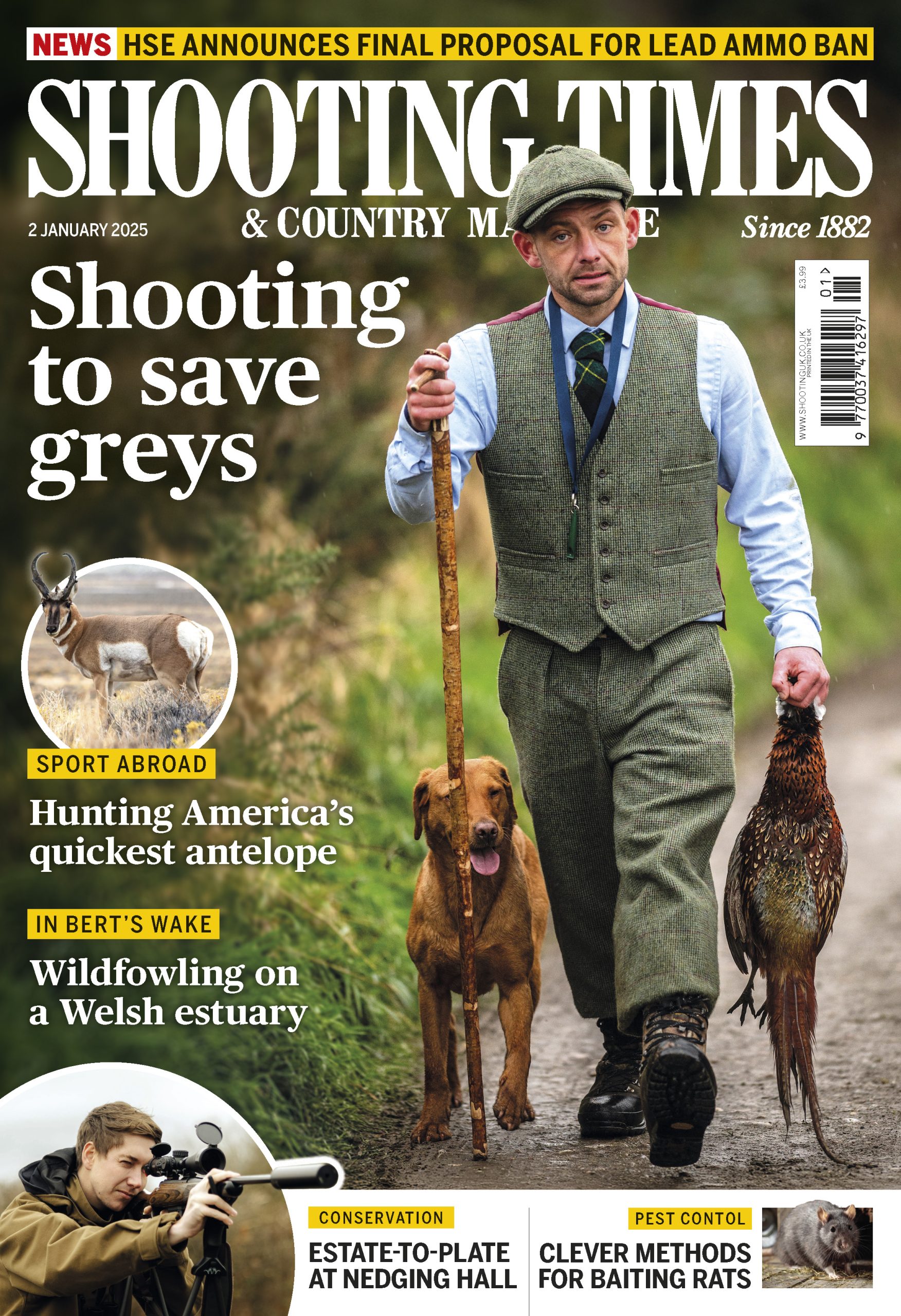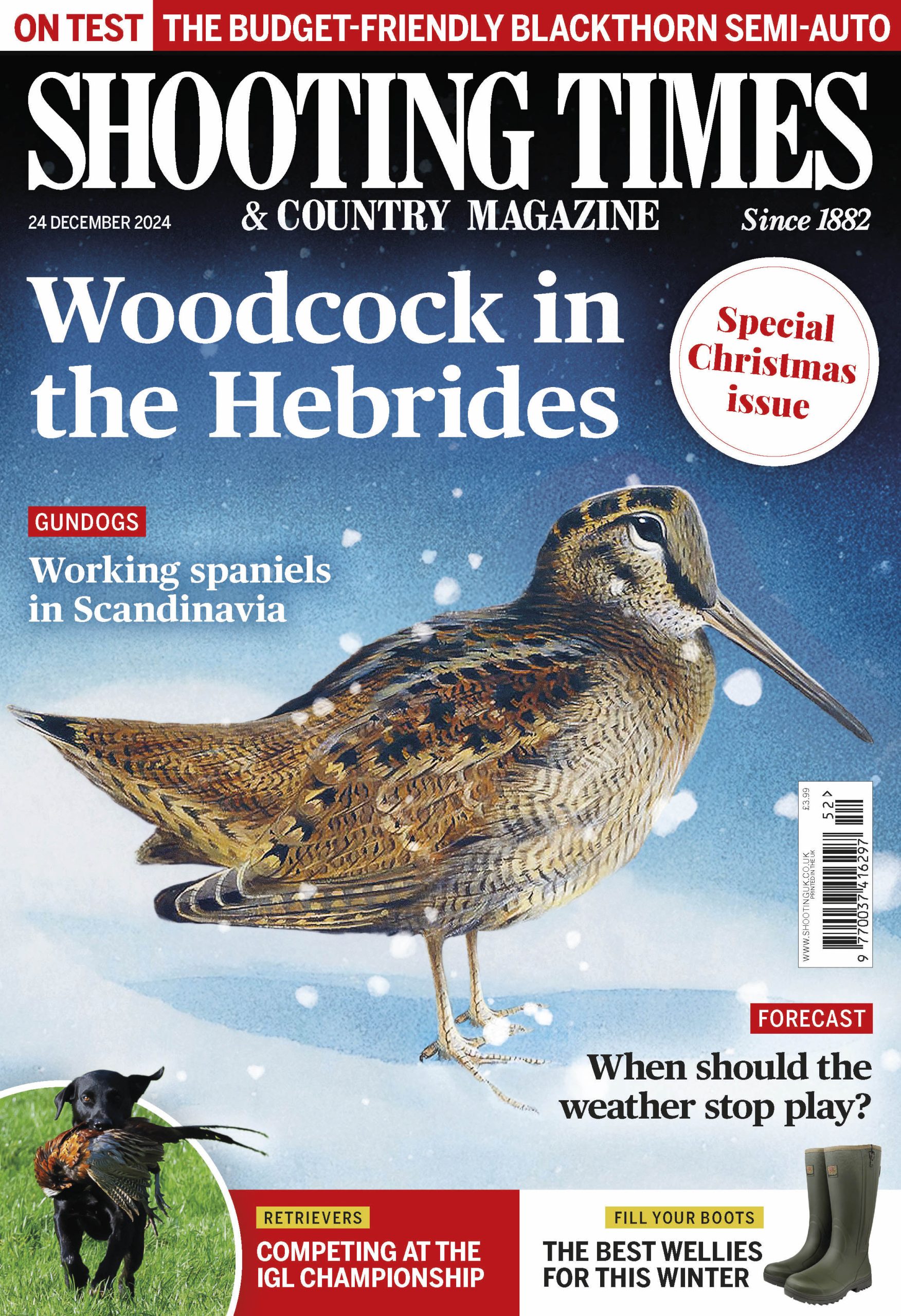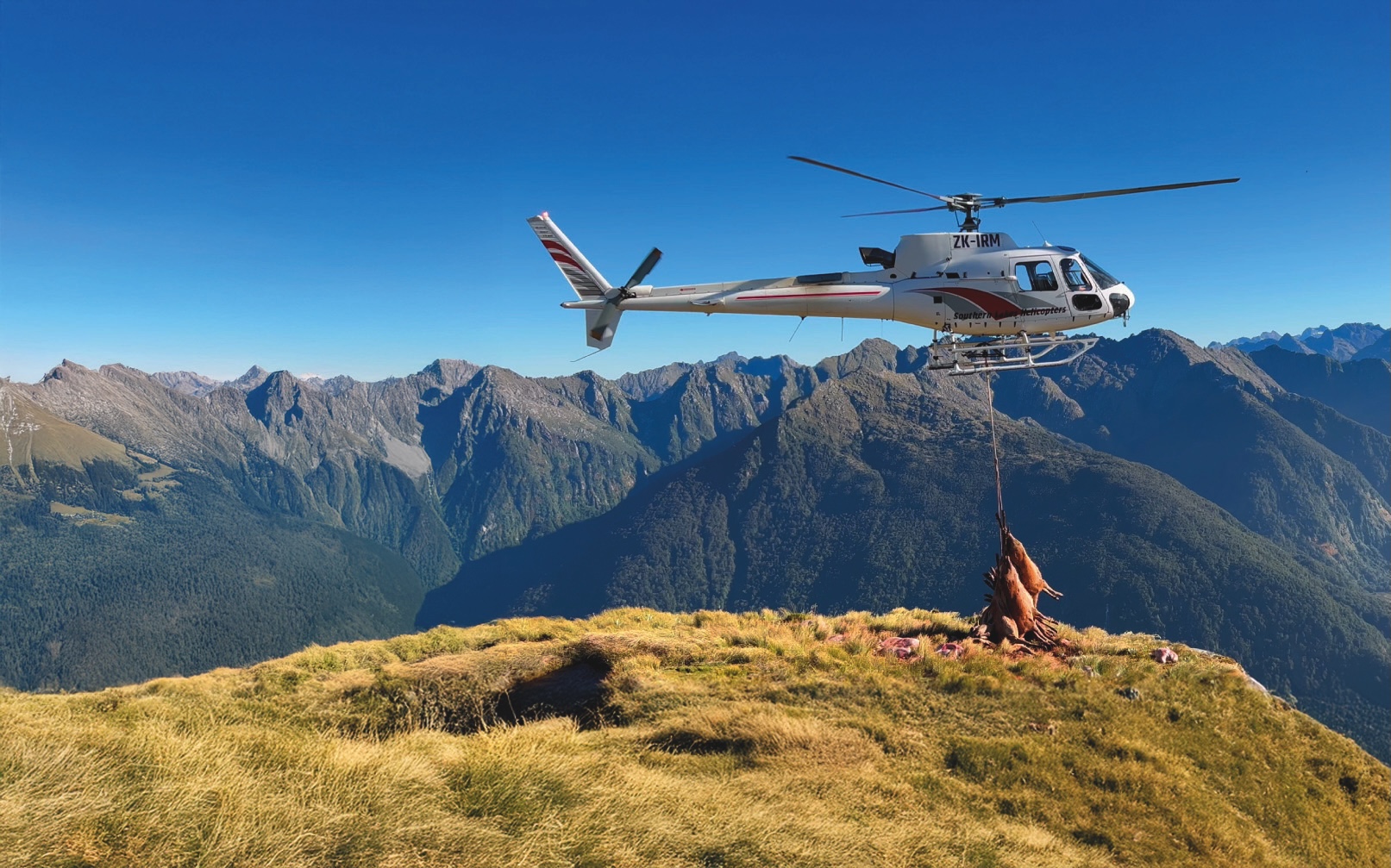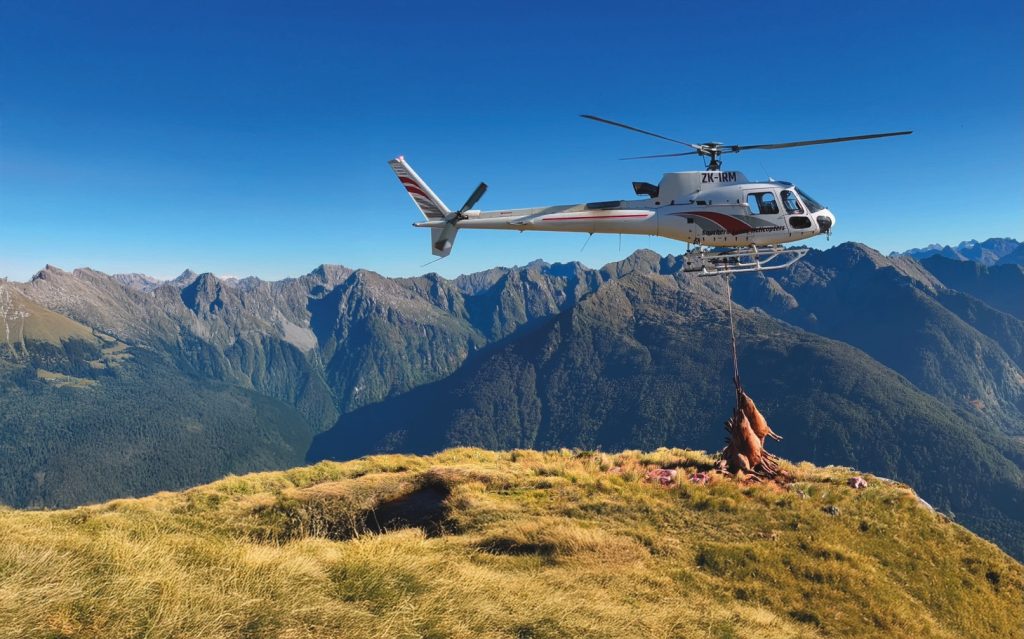Win CENS ProFlex DX5 earplugs worth £1,149 – enter here
Wild boar numbers in Scotland set to rise by 60%
Wild boar populations across Scotland are expected to rise by more than 60% over the next 50 years, according to new research

Wild boar population growth in Scotland
Wild boar populations across Scotland are expected to rise by more than 60% over the next 50 years. Numbers could climb from around 1,472 animals today to approximately 2,400 by 2075, according to new research.
The James Hutton Institute, King’s College London and the Zoological Society of London carried out the study, published in Science Direct. This is the first detailed simulation of wild boar dynamics across Scotland.
Researchers predict the animals will expand their range by an additional 131 square kilometres each year.
Once extinct in Britain, wild boar returned in the 1970s after accidental escapes and illegal releases. Today, they are established in the west Highlands and Dumfries and Galloway. Smaller populations exist in Perthshire, north Stirling, Moray and Aberdeenshire.
Impact of wild boar on Scottish farming
Patrick Laurie, a Galloway moorland farmer and author, told Shooting Times that the estimates “probably underplay the significance of their expansion.”
He explained: “These animals can live at extremely low densities for long periods, often operating under the radar across large areas.”
Mr Laurie welcomed their presence, saying they “pose no real threat to farming or forestry operations” and suggesting they could be “managed for sport and food.”
Managing wild boar populations in Scotland
The research aims to guide future population management. This could include compensation schemes for landowners and targeted culling programmes to limit impact.
Have a news story to share?
Contact our group news editor Hollis Butler at hollis.butler@twsgroup.com. We aim to respond to all genuine news tips and respect source confidentiality.
Related Articles
Get the latest news delivered direct to your door
Subscribe to Shooting Times & Country
Discover the ultimate companion for field sports enthusiasts with Shooting Times & Country Magazine, the UK’s leading weekly publication that has been at the forefront of shooting culture since 1882. Subscribers gain access to expert tips, comprehensive gear reviews, seasonal advice and a vibrant community of like-minded shooters.
Save on shop price when you subscribe with weekly issues featuring in-depth articles on gundog training, exclusive member offers and access to the digital back issue library. A Shooting Times & Country subscription is more than a magazine, don’t just read about the countryside; immerse yourself in its most authoritative and engaging publication.







